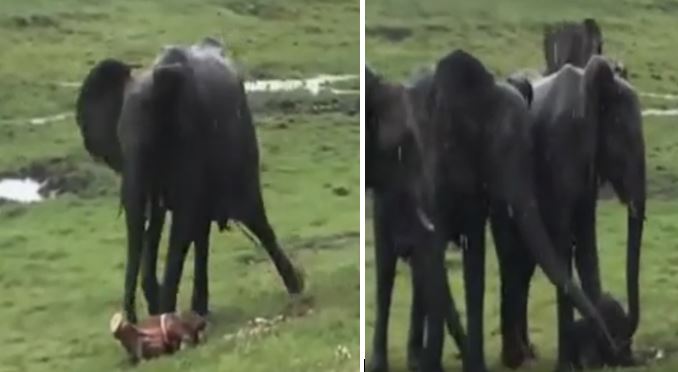
Figure 6.1: Belonging from the start: The herd happily welcomes a new-born baby
Exploring the Power of Group Membership: Concluding Remarks
As we reach the conclusion of the thought-provoking book “Babies in Groups,” it is essential to reflect on the creativity and power that humans possess as group members, regardless of age. The book has embarked on a journey to forge new pathways that connect newborns with the group-immersed grown-up. It presents research that highlights the early emergence of human groupness in the first months of life. By doing so, “Babies in Groups” constructs a narrative of human beginnings that challenges more familiar paradigms centred around the assumption that social development is rooted in the infant-adult couple.
The concluding remarks of the book provide additional intellectual and political context for the clash of visions described throughout “Babies in Groups.” It achieves this by reflecting on debates about childcare that took place during the pivotal period of the Second World War. These debates shed light on the historical and cultural context that influenced perceptions of early social development and the role of group membership in shaping human experiences.
One of the key contributions of “Babies in Groups” is its emphasis on the early manifestation of human groupness. By presenting research demonstrating the presence of group dynamics in the first months of life, the book challenges traditional notions that social development is solely reliant on the infant-adult couple. It broadens our understanding of human beginnings and invites us to consider the collective nature of our social interactions from the very early stages of life.
The book opens up new possibilities for reimagining childcare and the role of caregivers in supporting infants’ social development. By recognizing the power and creativity of humans as group members, the book encourages a shift in perspective that goes beyond the individualistic framework. It calls for a deeper appreciation of the social context and the role of group dynamics in shaping infants’ experiences.
The concluding remarks also draw attention to the historical and political dimensions that influence our understanding of childcare. Reflecting on debates surrounding childcare during the Second World War provides a backdrop for understanding the societal shifts in perceptions of early social development. These historical debates reveal the complexities and challenges in navigating different visions and approaches to caregiving, highlighting the ongoing discourse around the importance of group membership in early childhood.
In conclusion, the concluding remarks of “Babies in Groups” invite us to recognize and celebrate the power of humans as group members, regardless of age. The book challenges conventional paradigms by demonstrating the early emergence of groupness in infancy and advocating for a more collective understanding of social development. It prompts a re-evaluation of the role of caregivers and the broader social context in supporting infants’ social experiences. By reflecting on historical debates surrounding childcare, the book highlights the dynamic nature of societal perceptions and the ongoing discourse about the significance of group membership in early childhood. Ultimately, “Babies in Groups” offers a fresh perspective on human beginnings, grounded in the recognition of our innate inclination towards group interactions and the transformative power of collective experiences.
